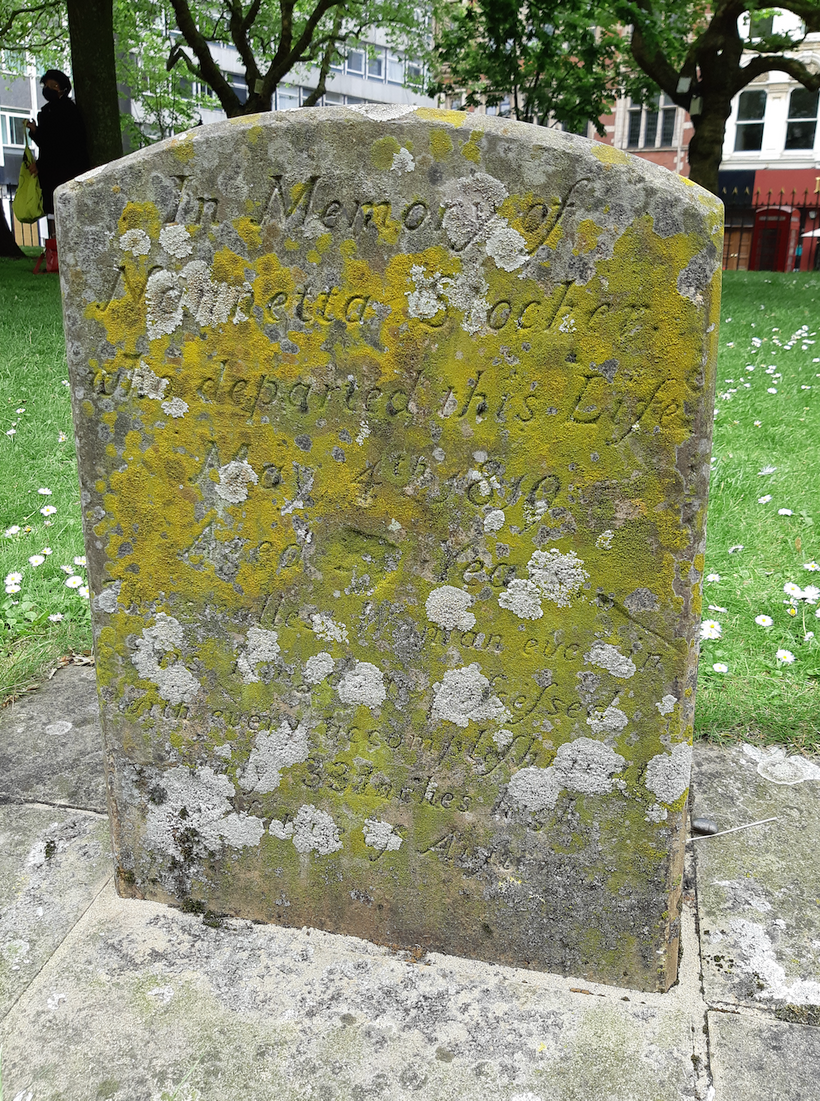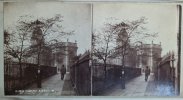not sure about that steve...i could be wrong but i always thought that the burials at st philips were still there...hopefully someone may know for certain xI had a GGG,GF & GGG,GM buried in St. Phillips 1848 and 1847.
I assume that the graves were moved at some time.
Steve.
-
Welcome to this forum . We are a worldwide group with a common interest in Birmingham and its history. While here, please follow a few simple rules. We ask that you respect other members, thank those who have helped you and please keep your contributions on-topic with the thread.
We do hope you enjoy your visit. BHF Admin Team -
HI folks the server that hosts the site completely died including the Hdd's and backups.
Luckily i create an offsite backup once a week! this has now been restored so we have lost a few days posts.
im still fixing things at the moment so bear with me and im still working on all images 90% are fine the others im working on now
we are now using a backup solution
You are using an out of date browser. It may not display this or other websites correctly.
You should upgrade or use an alternative browser.
You should upgrade or use an alternative browser.
St Phillips Church Cathedral
- Thread starter Astonian
- Start date
According to Terry Slater's book on the cathedral, the widening of Temple Row meant 15 people were reburied in the grounds, but some very deep vaults are still present under the road to the north of the graveyard. Then around 2000 "work included the removal of some human remains to Witton cemetery"
amazing to think so many are buried there mortThere are a few grave markers at St Phillip but do bear in mind that there are over 80,000 burials in St Philips so the odds of finding it are quite great
lyn
They would pack them in, sometimes over twenty deep. It why the ground lever is in places almost three feet higher, as you can see by the retaining wall around the site.
The industrial revolution bought about urbanisation, people moving from the countryside to the larger industrial towns. With it there was a population explosion and a corresponding mortality rate. With the church yards being the only places burials were allowed, they quickly became overcrowded.
The industrial revolution bought about urbanisation, people moving from the countryside to the larger industrial towns. With it there was a population explosion and a corresponding mortality rate. With the church yards being the only places burials were allowed, they quickly became overcrowded.
thanks mort...its like key hill cem then where i know over 100 people could be packed into one grave..i have a rellie at key hill who is in a grave with over 80 others...amazing...They would pack them in, sometimes over twenty deep. It why the ground lever is in places almost three feet higher, as you can see by the retaining wall around the site.
The industrial revolution bought about urbanisation, people moving from the countryside to the larger industrial towns. With it there was a population explosion and a corresponding mortality rate. With the church yards being the only places burials were allowed, they quickly became overcrowded.
lyn
I did a bit about garden cemeterys here Lynthanks mort...its like key hill cem then where i know over 100 people could be packed into one grave..i have a rellie at key hill who is in a grave with over 80 others...amazing...
lyn
mw0njm.
A Brummie Dude
the grave stone of Nanette Stocker in St Philips Cathedral yard.
It is the grave of Nanette Stocker – a showbiz giant despite measuring only 3ft 3ins tall.
Nanette, who toured the country as “the smallest woman in the kingdom”, died on May 4, 1819, while in the city to perform.


 burialsandbeyond.com
burialsandbeyond.com
It is the grave of Nanette Stocker – a showbiz giant despite measuring only 3ft 3ins tall.
Nanette, who toured the country as “the smallest woman in the kingdom”, died on May 4, 1819, while in the city to perform.


Nanette Stocker, the Smallest Woman in the Kingdom
Nanette (incorrectly recorded as ‘Nanetta’ on her stone) is a forgotten music hall star and little person who died with a huge following.
 burialsandbeyond.com
burialsandbeyond.com
Thanks Pete for those lovely photos. My maternal Gran, Sarah Bridgen, was married there [ Date unknown] and I was just imaging her walking down the aisle in her wedding dress.
Also thanks to all the others for your interesting contributions.
It was sad to see the memorial for those who died in the Pub bombing and to see how young many of them were
Also thanks to all the others for your interesting contributions.
It was sad to see the memorial for those who died in the Pub bombing and to see how young many of them were

